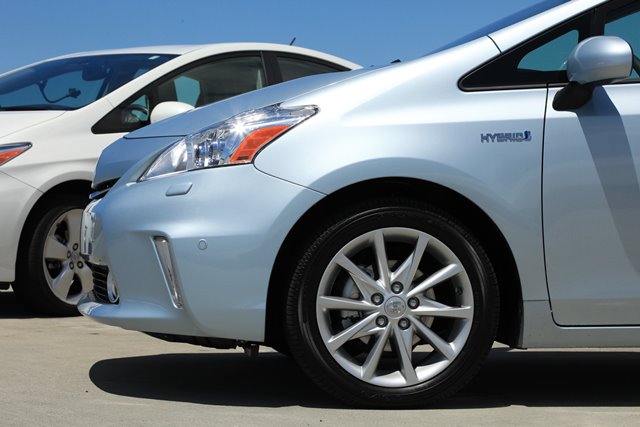The Punjab government has recently established the Environment Protection Force, a new initiative aimed at addressing Lahore’s persistent air pollution issues. This force has been equipped with 25 hybrid vehicles, purchased at a total cost of Rs 250 million, funded under the World Bank Green Program. Additionally, the force will utilize 250 electric motorbikes and modern inspection equipment, including tablets and instruments for gas and water analysis, acquired with an extra Rs 300 million from the provincial administration.
Lahore, with approximately 7.5 million registered vehicles—99% of which run on petrol—faces significant air quality challenges. As of April 2, the city’s Air Quality Index (AQI) ranged from 100 to 166, categorizing it as ‘unhealthy’ for much of the day.
While the government’s investment in hybrid vehicles for environmental monitoring demonstrates a commitment to addressing pollution, some experts question the efficacy of this approach. Sunil Sarfaraz Munj, head of PakWheels, a leading automotive website, suggests that fully electric vehicles would have been a more impactful choice, as hybrids still rely on fossil fuels. He also notes that more affordable electric vehicle options, such as BYD’s entry-level Atto 3, could have been considered.
Critics argue that for substantial improvements in air quality, the government should focus on enhancing public transportation, providing better connectivity, and offering incentives for eco-friendly commuting options. Currently, Lahore’s public transport system, including the Metro-bus with its limited 27-kilometer route, does not adequately meet the needs of the city’s 14.8 million residents.
This initiative reflects the government’s effort to combat environmental challenges; however, its effectiveness may depend on broader strategies that address the root causes of pollution and promote accessible, sustainable transportation solutions for the general public.



Comments (0)
No comments yet. Be the first to comment!
Leave a Comment